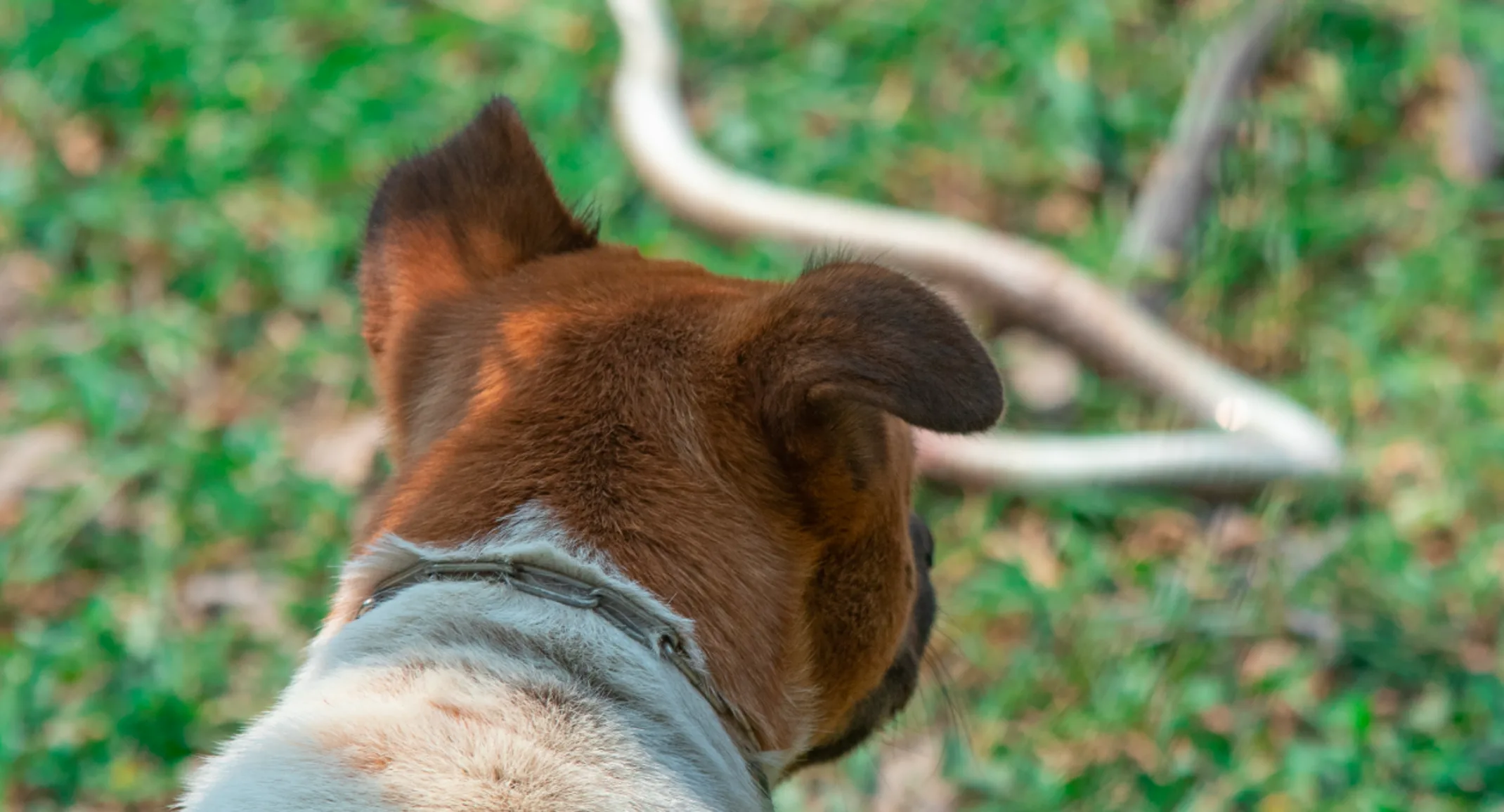Rattlesnake Bites Are On The Rise
In The News

Arizona Veterinary Emergency & Critical Care Center (AVECCC) warns they have seen a spike in rattlesnake bite cases in dogs over the past three weeks. They want pet owners to be aware of the possibility of rattlesnake encounters during hiking and other outdoor activities, indlucing the change that they may appear in your own backyard. Rattlesnakes tend to come out of hibernation when the weather warms up and AVECCC is already seeing cases this year.
Two such cases involved patients Buddies and Sonny. Buddies had been bitten on his nose. His owner noticed the bite early in the morning and made the hour-long drive to AVECCC where he arrived with a swollen face, difficulty breathing, and weakness. Sonny was bitten on the right forelimb about an hour before arriving to AVECCC with pain and swelling in the leg. Both dogs received medical treatment, including anti-venom, and responded well.
"Dogs are at an elevated risk for rattlesnake bites because of their curious nature," said Dr. Brandi Mattison, AVECCC Medical Director. "If your pet is bitten by a rattlesnake, seek immediate medical attention. Severe or life-threatening symptoms may occur immediately after the bite or within a couple of hours. In either event, it is best to get your pet to a veterinarian as soon as possible."
Here are some tips to reduce the chance that your dog will get bitten from a rattlesnake, as well what to do if your dog is bitten:
Short Leash: Most rattlesnake bites happen when a dog is off leash, on a long leash, or flexi-lead. Keeping your dog a short leash gives the owner the opportunity to hear the rattle and pull their dog to safety.
Avoid Dense Brush, Rocky, and Grassy Areas: If hiking, staying on the trail and using wider trails and roads gives the pet owner an opportunity to see the snake ahead of time. At home, keep your yard clear of dense and/or long grass to discourage snake habitation.
Encountering a Rattlesnake: Calmly and slowly back away from the snak until you are no longer within striking distance (about the snake's length) and until the snake stops rattling. Carefully leave the area because one snake usually means more are within the immediate area.
Know the Symptoms: You may not be with your dog when they are bitten, so know the signs! Immediate symptoms include:
puncture wounds
severe pain
swelling
restlessness, panting, or drooling
Other symptoms, depending on amount of venom and/or size of the dog, may appear quickly or within a few hours:
lethargy, weakness, and/or collapse
muscle tremors
diarrhea
seizures
neurological signs (including slowed/difficult breathing)
If Your Dog is Bitten: If possible, carry your dog to your car and limit their movement. Minimizing the dog's activity will limit the speed of venom spread. Immediately drive them to the nearest, open veterinary hospital. AVECCC is home to 4 board certified criticalists who have expert training in ICU care.
Being prepared and education is an important step towards keeping your dog safe during rattlesnake season. Arizona Veterinary Emergency & Critical Care Center offers 24/7 emergency care should the necessity arise.
